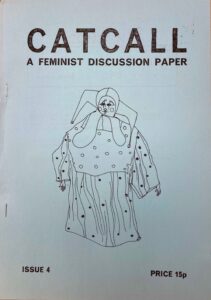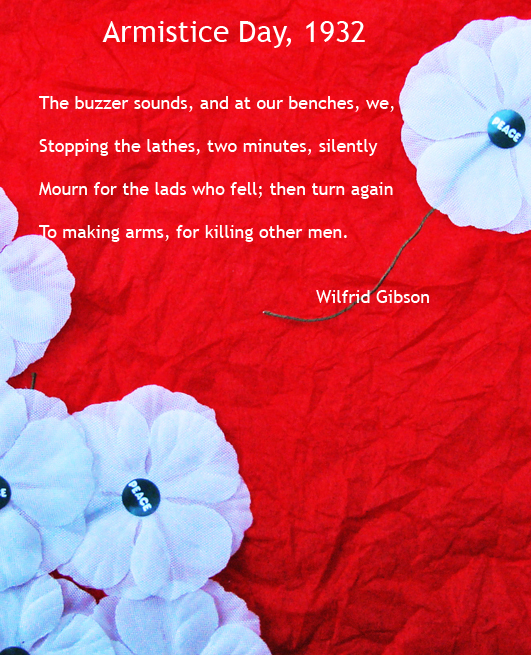This lesser-known war poem by Wilfrid Gibson was written shortly after the birth of his first child, Audrey, on May 31, 1916. It remains all too relevant today
One-Day-Old
Baby asleep on my arm,
Would that my heart could enfold you,
Cherish you, shelter you, hold you
Ever from harm.
Born in a season of strife
When warring with fire and thunder
Men wantonly shatter asunder
All that was life—
Into a world full of death
You come with a gift for the living
Of quiet grey eyes and giving
Of innocent breath.
Baby asleep on my arm,
Would that my heart could enfold you,
Cherish you, shelter you, hold you
Ever from harm!
In 1937, Audrey Gibson married Albrecht (Ali) Hübsch, a German citizen then working in England. Soon after the birth of their son Roland the following year, with war once again looming on the horizon, they left England to avoid Ali being interned as an enemy alien. In August 1939, Audrey was killed in an accident, and since Ali was waiting to be called up for the German army, Roland was brought back to England by his grandparents. As another World War began, Wilfrid and his wife Geraldine once again found themselves caring for a baby amid the horrors and fears of wartime.
More war poems and further information
Poems posted for Armistice Day
Suspense
Wilfrid Gibson: biographical information and timeline.
‘War is a business of innumerable personal tragedies’: Wilfrid Gibson, Elizabeth Gibson Cheyne, and the First World War.
Writings on war by Elizabeth Gibson Cheyne (Wilfrid’s sister).
More on Wilfrid Gibson as a father.
More on the Gibsons.
Copyright: All poems © trustees of the Wilfrid Gibson estate.


